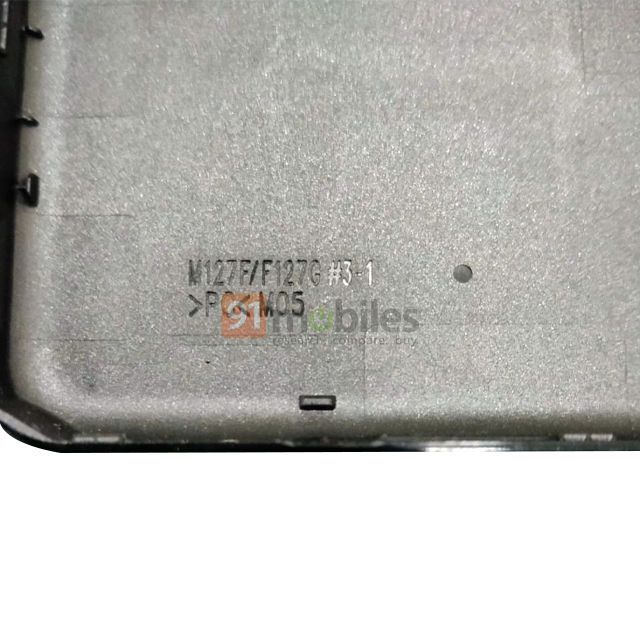Samsung launched the Galaxy M series in India last year to compete with Chinese OEMs like Xiaomi and Realme in the budget and lower mid-range segments. The Galaxy M10 and Galaxy M20 were the first phones in the series, and they were followed by the Galaxy M30, Galaxy M30s, and Galaxy M40 over the course of the year. Since all of these devices target different price brackets, Samsung has been busy launching refreshed models for each device this year. Up until now, the company has launched the Galaxy M11, Galaxy M21, Galaxy M31 to succeed the Galaxy M10, Galaxy M20, and Galaxy M30s, respectively. It seems like the company is ready for another generational refresh, as renders of the upcoming Galaxy M12 have now surfaced online.
Noted leaker OnLeaks has shared the following renders of the Galaxy M12, which give us a good look at its design and highlight some of its features. As you can see in the images attached below, the upcoming Galaxy M12 is a far cry from its predecessor. It offers a more modern design with a square camera module and a two-tone finish on the back panel. Over on the front, however, it features a similar Infinity-V display with an angular waterdrop-style notch for the selfie camera.


Unlike the Galaxy M11, which featured a rear-mounted capacitive fingerprint scanner, the Galaxy M12 features a side-mounted scanner integrated into the power button. The renders further reveal that the device will include a 3.5mm headphone jack and a USB Type-C port. Although the renders reveal no hardware specifications, OnLeaks claims that the device will pack a 6.5-inch flat display and measure 163.9 x 75.9 x 8.9mm (10mm with the camera bump).


It’s worth noting that another Galaxy M21 leak was recently shared by 91mobiles, which showcased live images of the device’s back panel. However, the previously leaked images don’t match these new renders, as they don’t include the same two-tone finish. And the display specifications shared by the publication don’t line up with the information shared by OnLeaks either. According to 91mobiles, the Galaxy M21 will feature a 6.7-inch hole-punch display and a massive 7,000mAh battery.




The report further claims that the Galaxy M12 is currently in development at Samsung’s facility in India, and it will go by the model number SM-M127F. One of the images showcases the model number etched onto the back panel along with the model number SM-F127G. This suggests that the device could be launched as the Galaxy F12 in some regions. As of now, Samsung hasn’t released any official information about the device.
The post Here’s our best look at Samsung’s Galaxy M12, a budget smartphone with a 7000mAh battery appeared first on xda-developers.
from xda-developers https://ift.tt/3pyTW2t
via IFTTT








